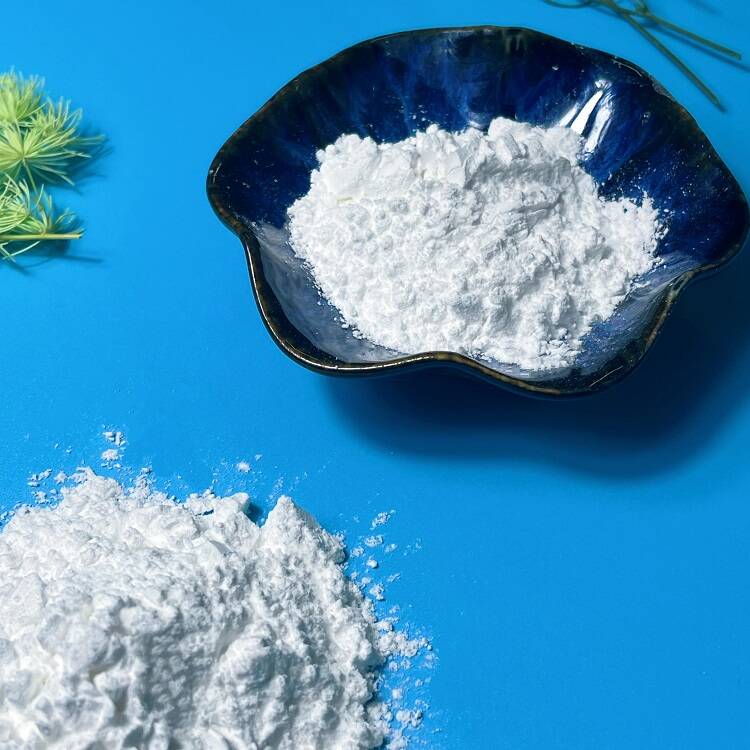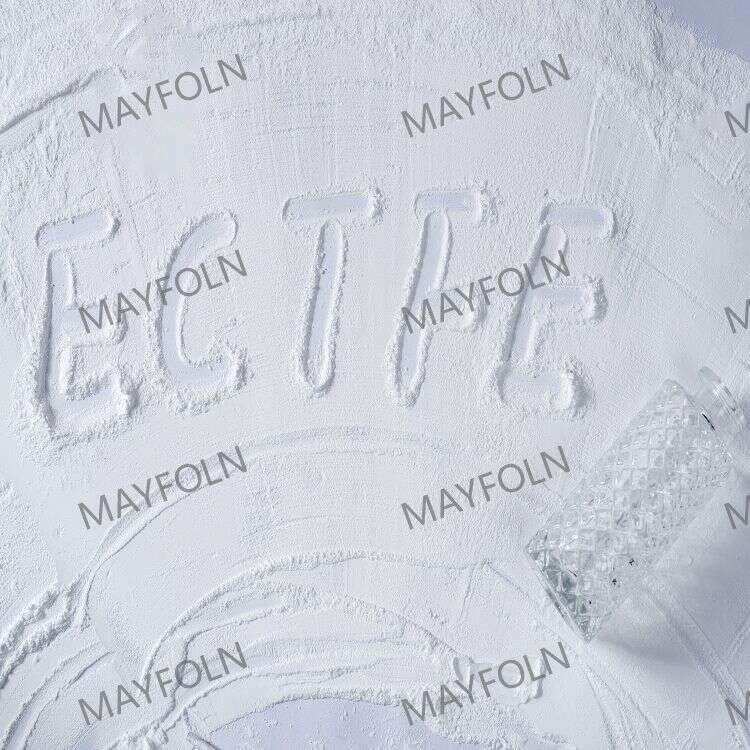-
Categories
-
Pharmaceutical Intermediates
-
Active Pharmaceutical Ingredients
-
Food Additives
- Industrial Coatings
- Agrochemicals
- Dyes and Pigments
- Surfactant
- Flavors and Fragrances
- Chemical Reagents
- Catalyst and Auxiliary
- Natural Products
- Inorganic Chemistry
-
Organic Chemistry
-
Biochemical Engineering
- Analytical Chemistry
-
Cosmetic Ingredient
- Water Treatment Chemical
-
Pharmaceutical Intermediates
Promotion
ECHEMI Mall
Wholesale
Weekly Price
Exhibition
News
-
Trade Service
★Light trigger brief★
In photo-curing products, light trigger is one of the key components, is a chemical change that absorbs radiant energy and produces an active intermediate (free-form or cation) with the ability to cause polymerization.
in actual production, the use of free-based free-based light triggers, the production of cation light triggers are very few. This paper focuses on free-based light
.
❤light trigger classification❤
free-form light-triggers by light-triggers to produce active free-form agents of different agents, mainly divided into two categories: lysate-type free-form light-triggers, also known as I. type light-triggers;
commonly used lysate light triggers are structurally alkyl ketones. Common names on the market are: 184, 2959, 651, 907, 369, 1173, 819, TPO, MBF, 754, etc.
commonly used hydrogen-grabbing light triggers are structurally xybenzene or hemectonoids. Common names on the market are: BP, ITX, 2-EA. In addition, hydrogen-grabbing light triggers need to be used in conjunction with triggers, which are now commonly used as active amines and schoamine-type benzoates.
⊙ selection of light trigger⊙
Whether light promoter can effectively trigger polymerization reaction in photo-curing products and eventually achieve the desired performance depends on the coordination of light-triggering system with irradiation conditions and product parts. Therefore, it is particularly important to select the appropriate light trigger according to its own production process and product formulation.
the following space, the performance of light triggers and specific cases will be combined to explain the light trigger screening methods.
1. The absorption spectrum of light emitters and the emission spectrum of light sources match
the commonly used light sources on the market are mercury lamps, LED lights, poleless lamps, metal halogen lamps, etc. Mercury lamps are the most widely used, with a emission spectrum of 200-450nm, which is general purpose, and LED lamps are widely used in low-energy curing projects, with emission wavelengths concentrated at 365/375/385/395/405nm.
in the selection of light emitters, according to the light source emission spectrum to choose a large absorption of the spectra of the trigger.
: In the formulation of methyl oil, the choice of light trigger is greatly restricted by the light source. Common manicure lamp tubes are divided into two types, fluorescent lamps and LED lamps. Fluorescent tube emission spectrum is 370-420nm, LED tube emission spectrum is about 365nm/395nm. Both lamp emission spectra belong to the long wave zone and require the selection of triggers that absorb long wavelengths of light.Table
is a variety of common light trigger absorption peak, if you want to achieve the ideal trigger effect to choose absorption peak in 365nm above the light trigger, such as TPO, 819, 784 although the absorption peak wavelength is longer, but its own price is too high market use less.
in the actual test, TPO and 819 are the best of all light triggers, consistent with the predicted effect. For more technical information on the project, please refer to Runo Chemical WeChat article "The choice of photo-cured methyl gel monosome".
2.
Colored system deep curing light trigger selection
in the colored system, especially in the dark system, the pigment itself will absorb a part of the ultraviolet light energy, resulting in ultraviolet light can not penetrate the paint film, deep light trigger can not absorb enough energy to trigger polymerization, resulting in poor deep curing. Light adhesion decreased, serious will cause surface wrinkles, affecting the surface of the paint film and materialization performance.
in ultraviolet light, the longer the wavelength penetration, the easier it is to reach the deep paint film, and the short wave is not easy to reach the deep paint film. This makes it difficult to trigger polymerization in the deep of the paint film without a long-wave light trigger to absorb the energy from this part of the long wave. Therefore, in colored systems, deep light triggers are essential. With reference to Table 1, you can choose TPO/819/651 and other long-wave light triggers and 184/1173 and other short-wave light triggers for re-use, the effect is better.
case:
in UV monochrome paint, the black system is prone to poor adhesion, the phenomenon of 100-grid paint. After adding 1.5% to the formula, the lacquer film adhesion increased significantly, indicating that 819 promoted deep curing.
also in the black/white system, 907/ITX plus 184 complex, 369/ITX plus 184 complex, the effect is outstanding.
3.
In some varnish and white systems, yellowing resistance is an important indicator to investigate the performance of lacquer film
, in addition to the selection of good yellowing performance of resins, monomers, light trigger yellowing should also be avoided as far as possible. If there is a substitute base such as N-methamphetamine in the conjugate structure of the light trigger, the tendency of irradiated yellowing is generally higher, and the presence of such a replacement base in the active amine structure will also lead to the aggravation of yellowing.
table 2 is based on propylene glycol triacrylates as the main body, without light trigger as a blank reference, each light trigger yellowing index.
from the table above, 184, 1173, 754, MBF are yellowing smaller light triggers, the best choice for varnish and white system formulation.
4.
in active thinners and lysates have better solubility performance
good solubility performance is an important prerequisite for adding light triggers to the system, the better compatible, the more stable the system formula.
the following are some light-triggering properties in common solvents and monobodies.
in recent years, more and more water-based coatings, water-based UV has also been paid attention to. At present, there are a few products in the market with greater solubility in water, which have been commoditized: KIPEM, 819DW, BTC, BPQ, QTX, etc., 2959 solubility in water can reach 1.7%, can also be used for water-based UV products.
5.
other properties
in the selection of light triggers as far as possible to choose small odor, low toxicity, good thermal stability, not easy to volatile migration. The selected light trigger ingredients comply with local laws and regulations.
★ the choice of UV-LED light ★
. UV-LED light source is a fast-growing curing equipment in recent years, because of its energy saving and environmental protection, does not damage the substrate is very popular. Therefore, the selection and use of light triggers in UV-LED curing has been paid more and more attention. In combination with the above principles, the following explains how to select the appropriate light trigger for UV-LED curing.
, choose a light emitter that absorbs peaks and light source emission spectra that match.
table 4 shows that the emission spectrum of UV-LED light sources is between 360-405nm, with the highest intensity at 365nm, 375nm, 385nm, 395nm and 405nm, all of which belong to the long-wave zone and should be given priority over long-wave light emitters.
further tests, several light triggers with the highest absorption rates were found at wavelengths of 365nm, 385nm and 395nm.
in terms of performance, DETX and EMK are the optimal light triggers for UV-LED light sources. Specific test results can be found in Table 5, Table 6, Table 7.
Table 4. Radiation wavelength and intensity of LED light source
Table 5. Absorption intensity of the trigger at 365nm
Table 6. Absorption intensity of the trigger at 385nm
Table 7. Absorption intensity of the trigger at 405nm
Although from the performance point of view, we have found two good light triggers to solve the problem of UV-LED curing, but there are other difficulties in practical application. Many light triggers are restricted in use because they can cause damage to the environment or human health. Therefore, it is urgent to develop a new type of environmentally friendly light trigger. Through continuous efforts, light trigger manufacturers have made a welcome breakthrough. Environmentally friendly products such as Omnipol TX, Omnipol 910 and IHT-PI 389 are currently available in UV-LED light triggers.
conclusion
, the choice of light trigger is not an independent work, but with the whole system, and even the construction process. It is necessary to consider the performance requirements of light-curing products by reference to light sources, other parts of the system, and to consider the choice of both cost-effective and efficient light triggers.
.






